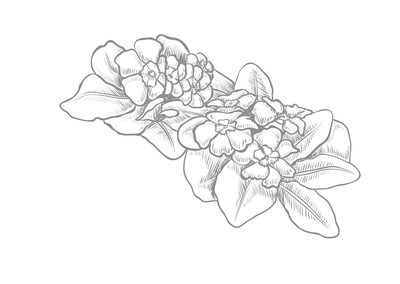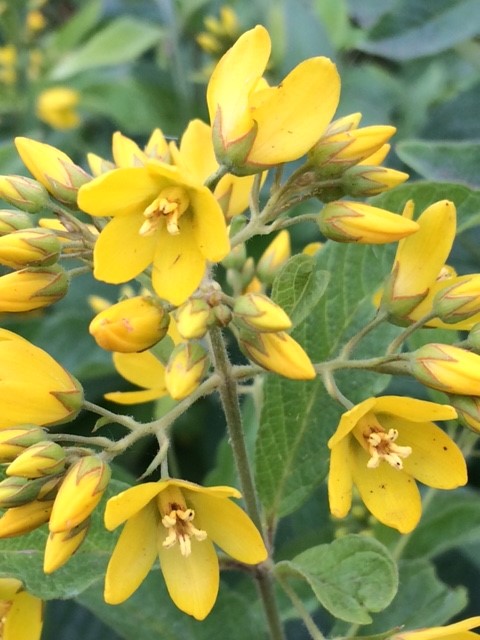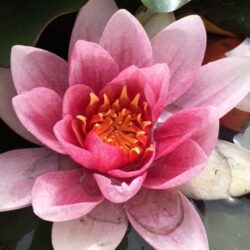Description
Yellow loosestrife Lysimachia also known as garden loosestrife is perfect for cottage gardens, wild gardens and bog gardens seen in marshes, ditches and river/canal sides. As a perennial plant and marginal plant, it is most commonly found around ponds, lakes and other bodies of water.
Long upright stems can reach over 1m tall. Lysimachia vulgaris prefers full sun or partial shade and is considered a vigorous plant that can become invasive if left unchecked. The bowl-shaped flowers are surrounded by distinctive green flower sepals. Thriving in wet peaty soil types, rich soil beside rivers are best but also grows well in drier conditions. Part of the primrose family, they enjoy sun or shady areas, producing a thick spray of yellow flower colour during their bloom time in summer months.










